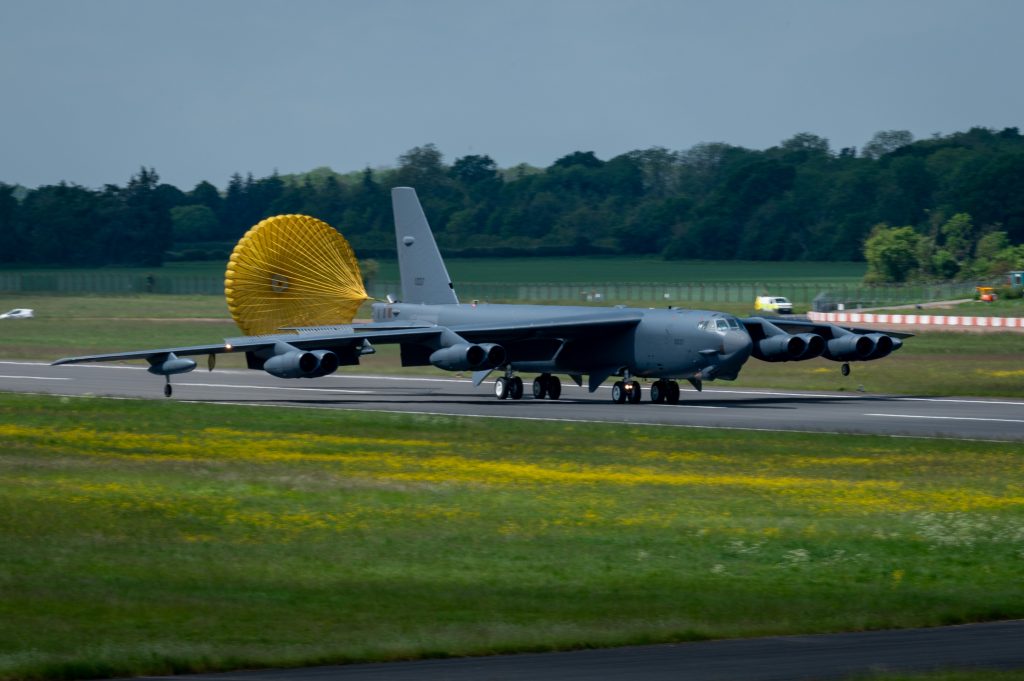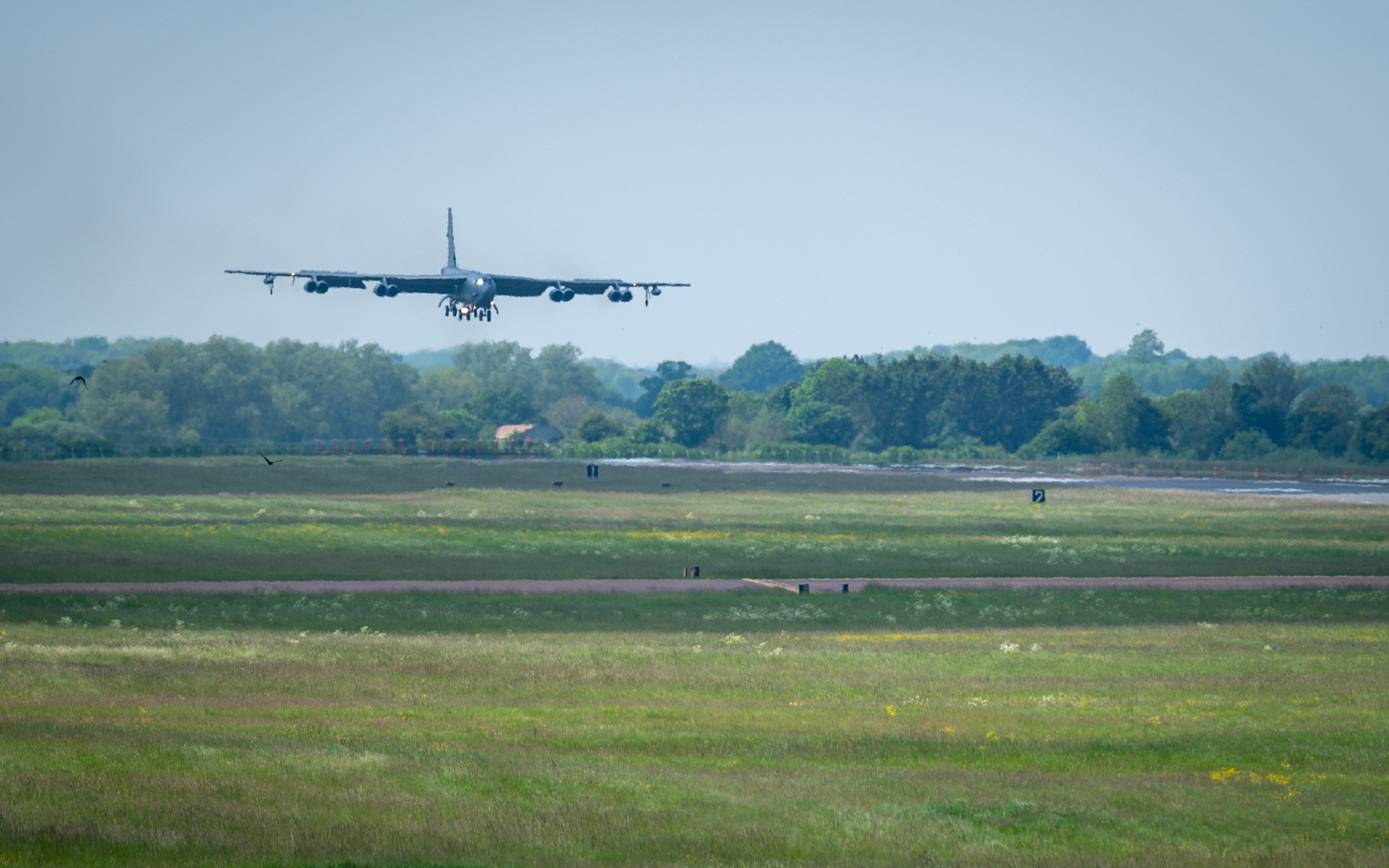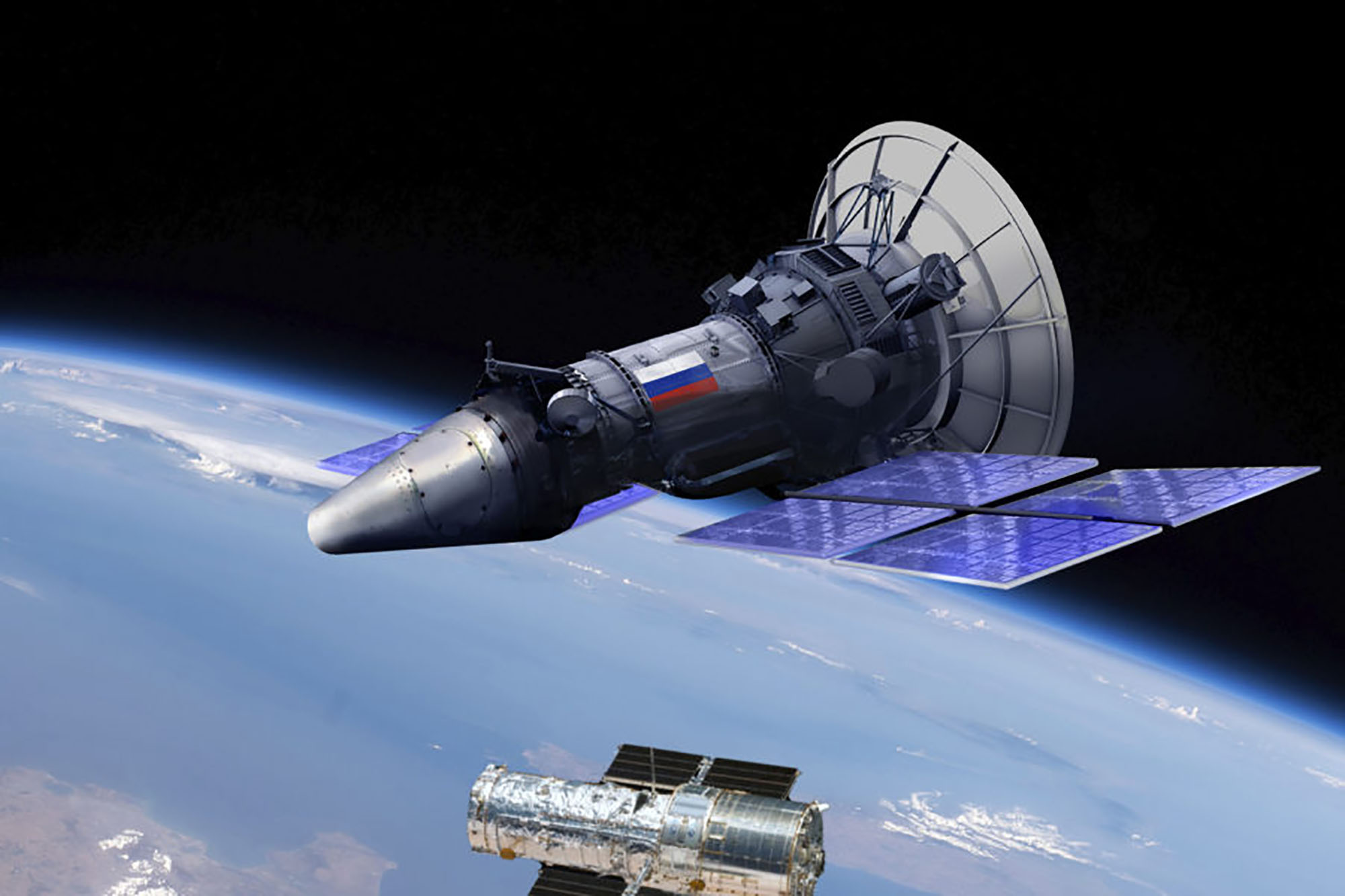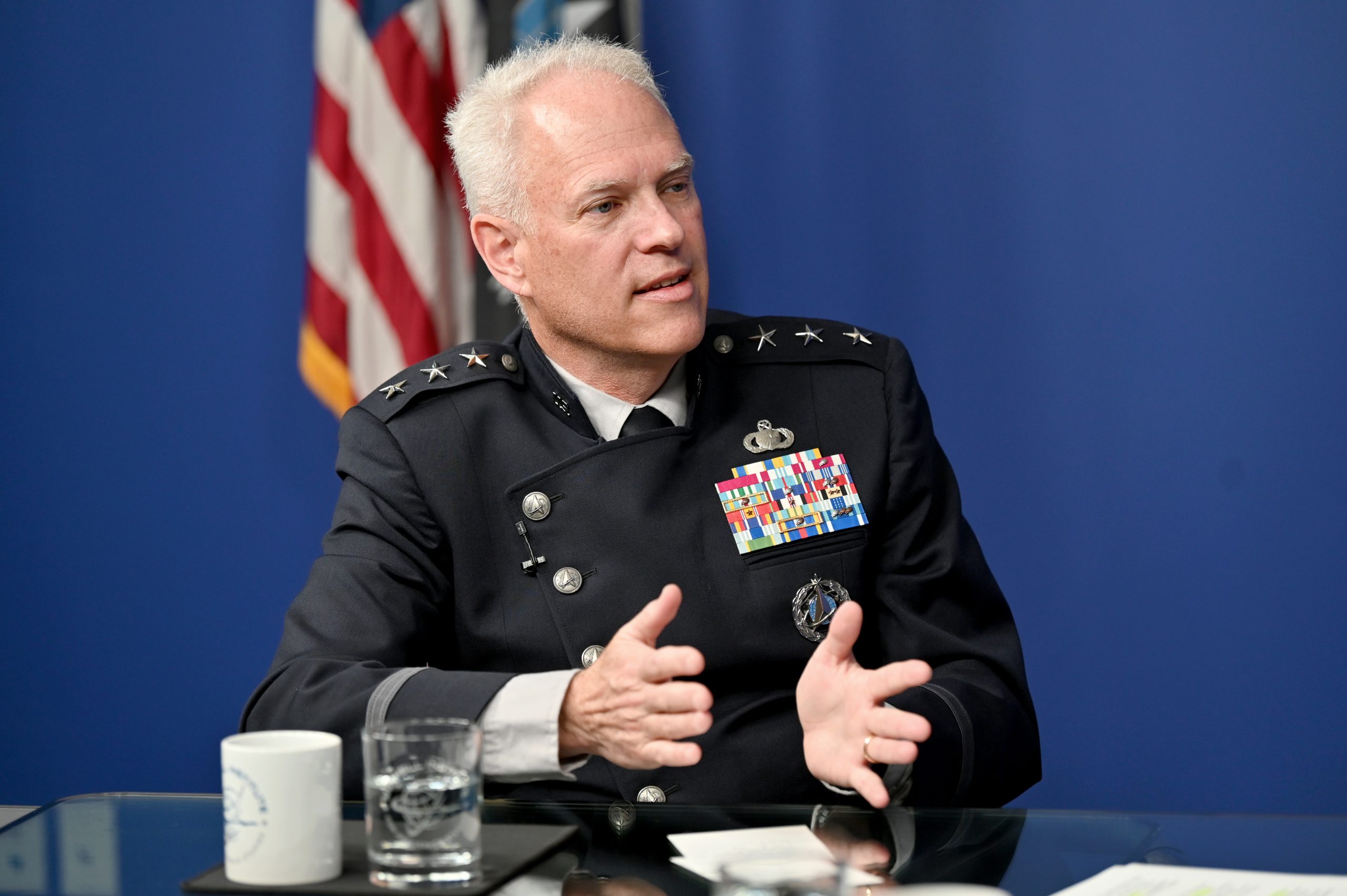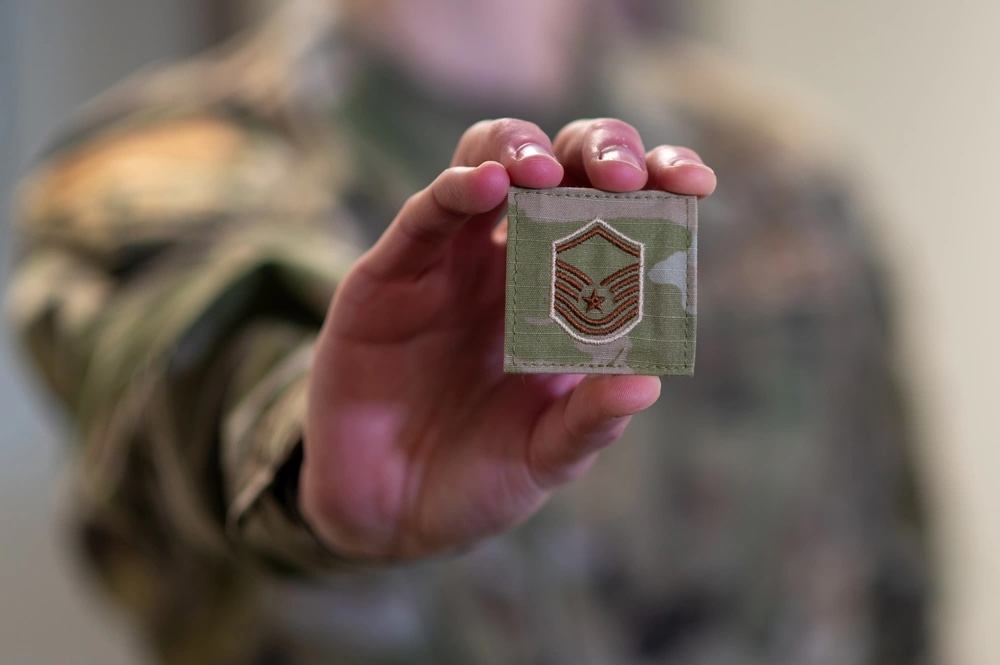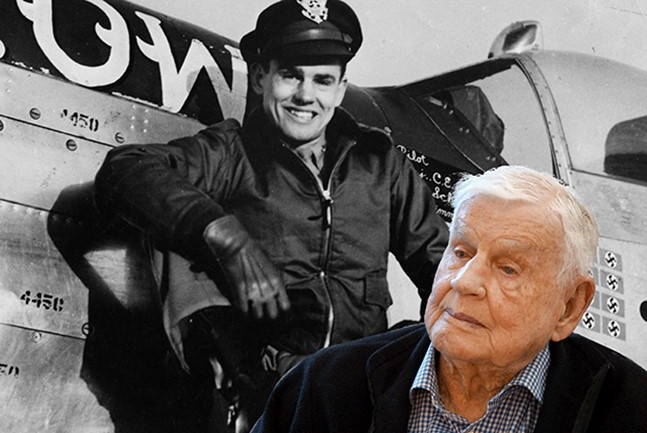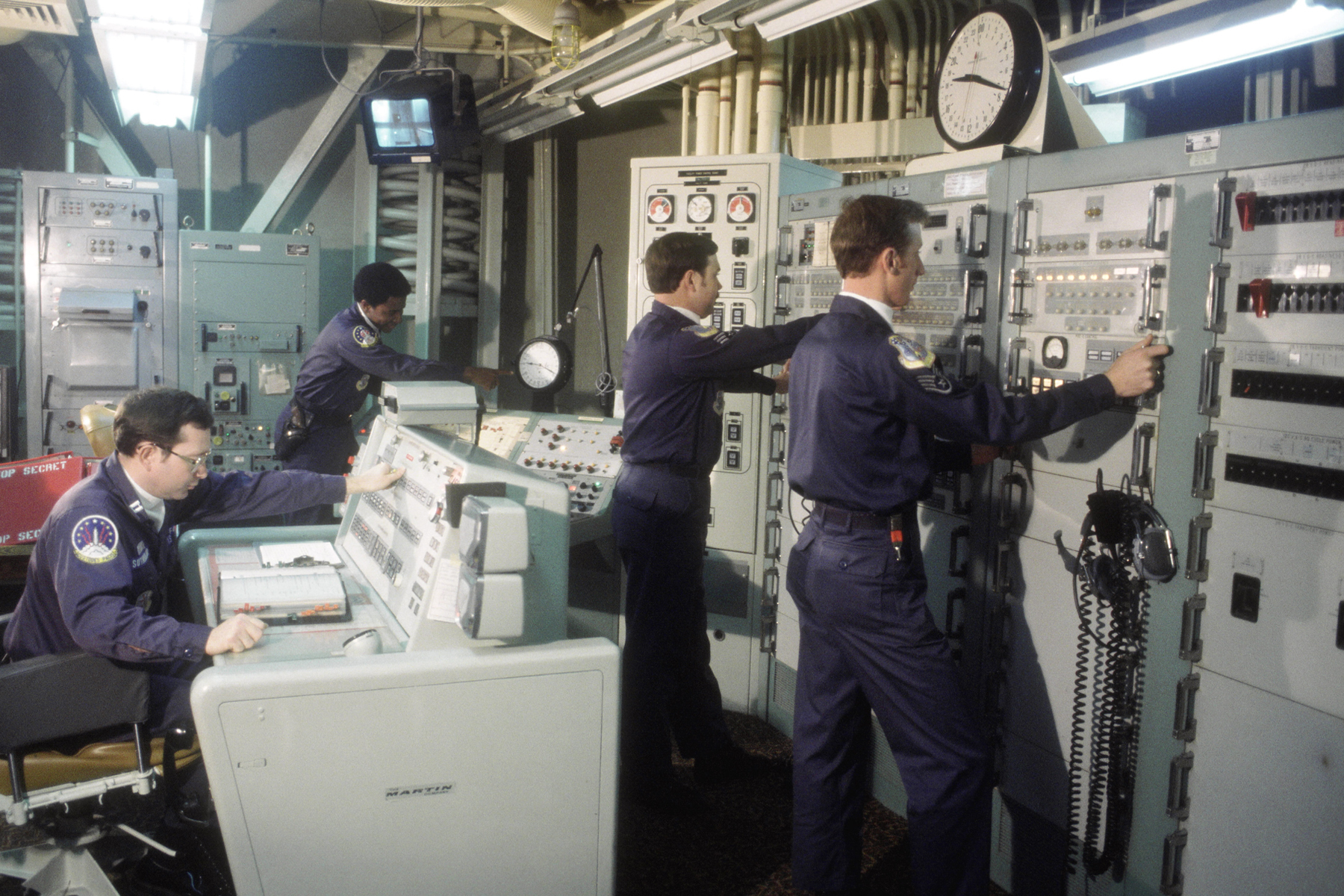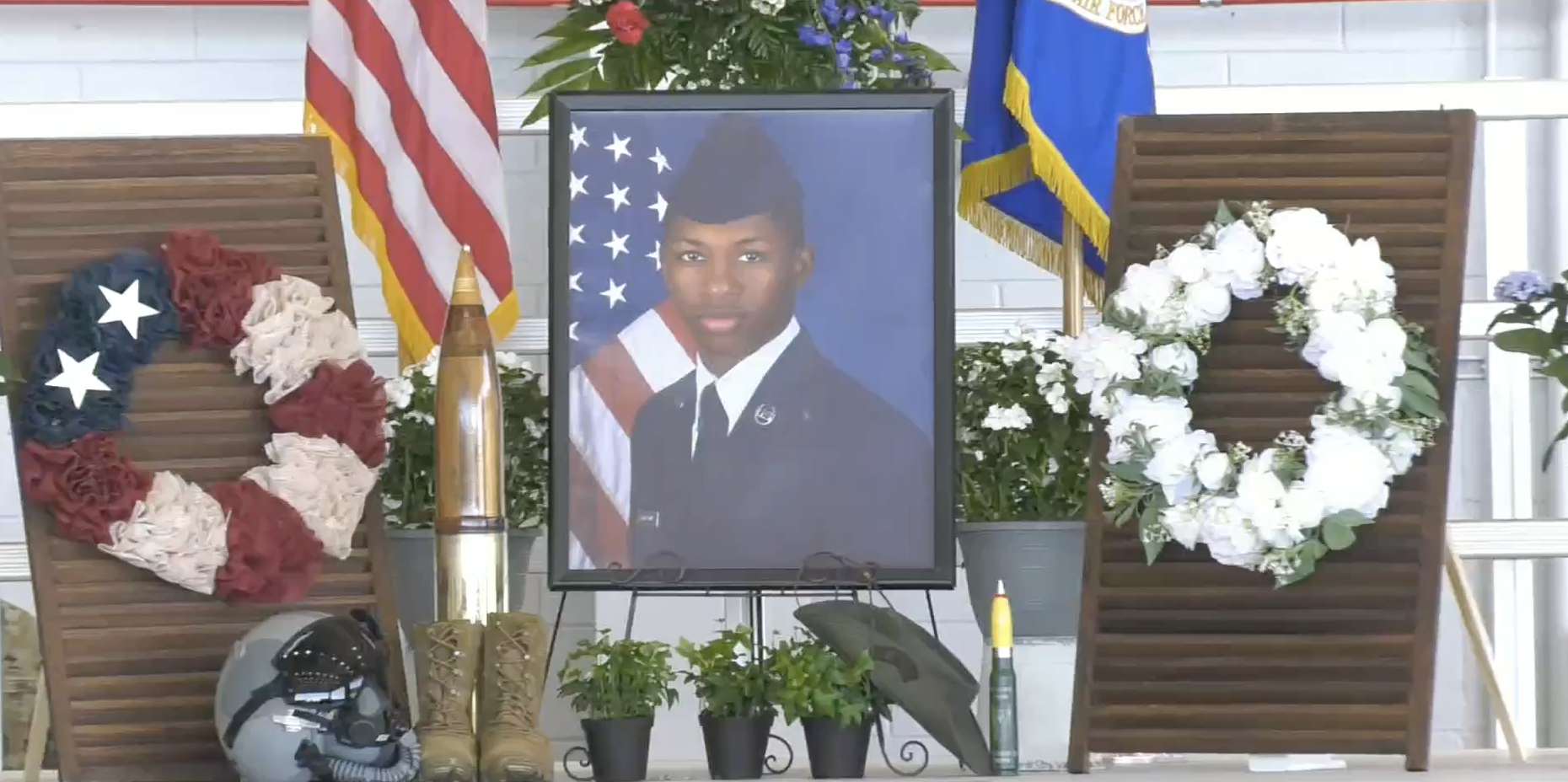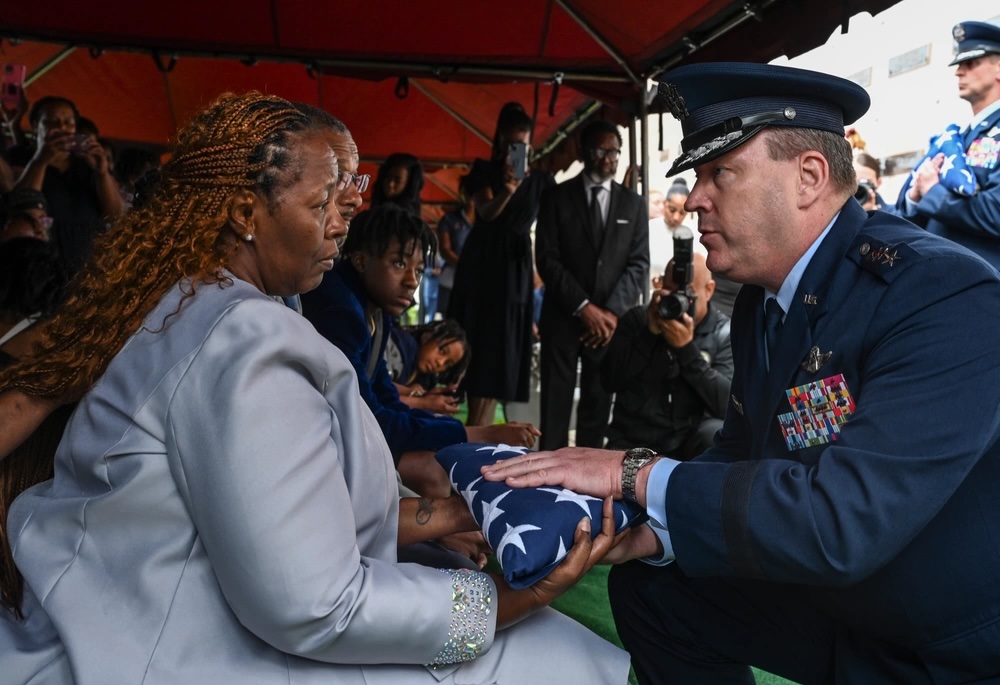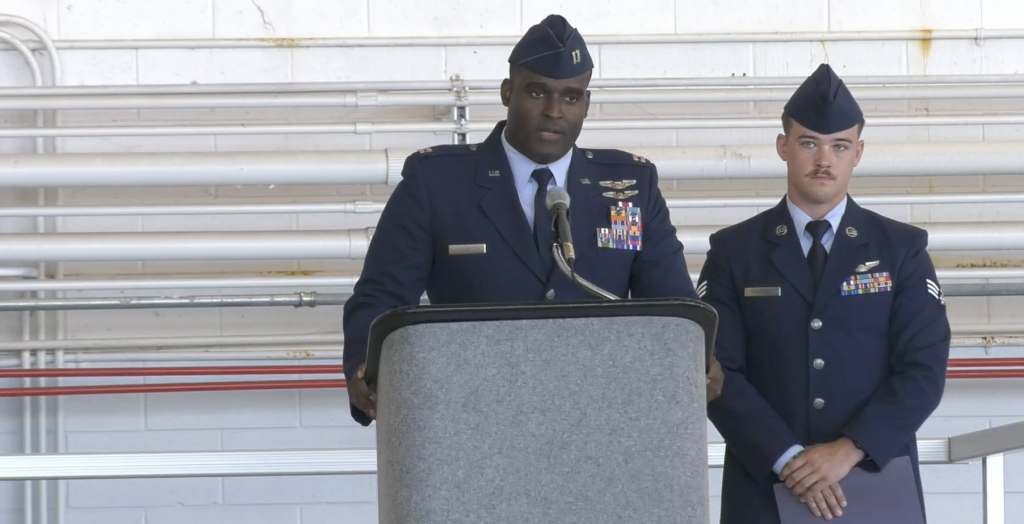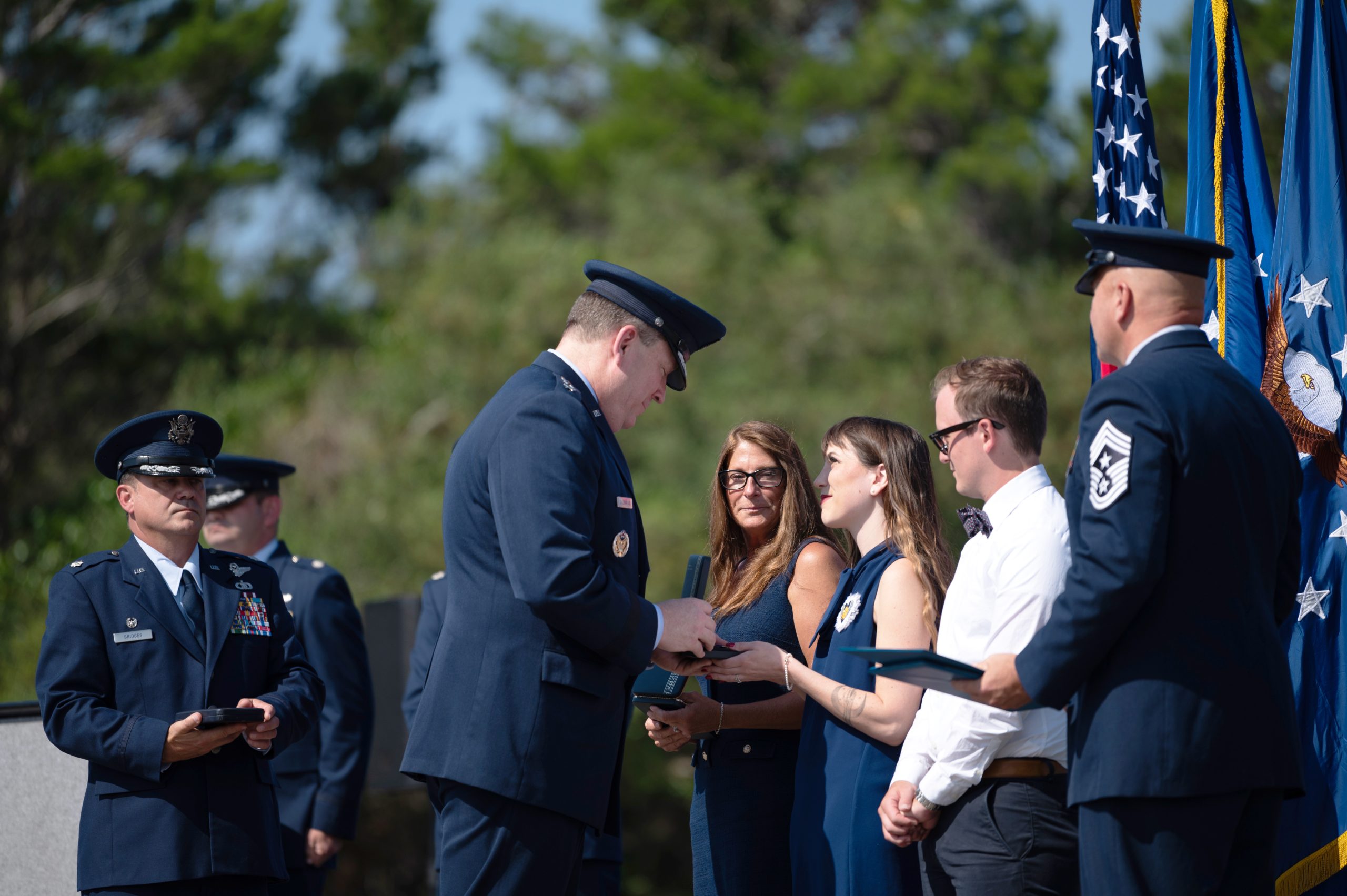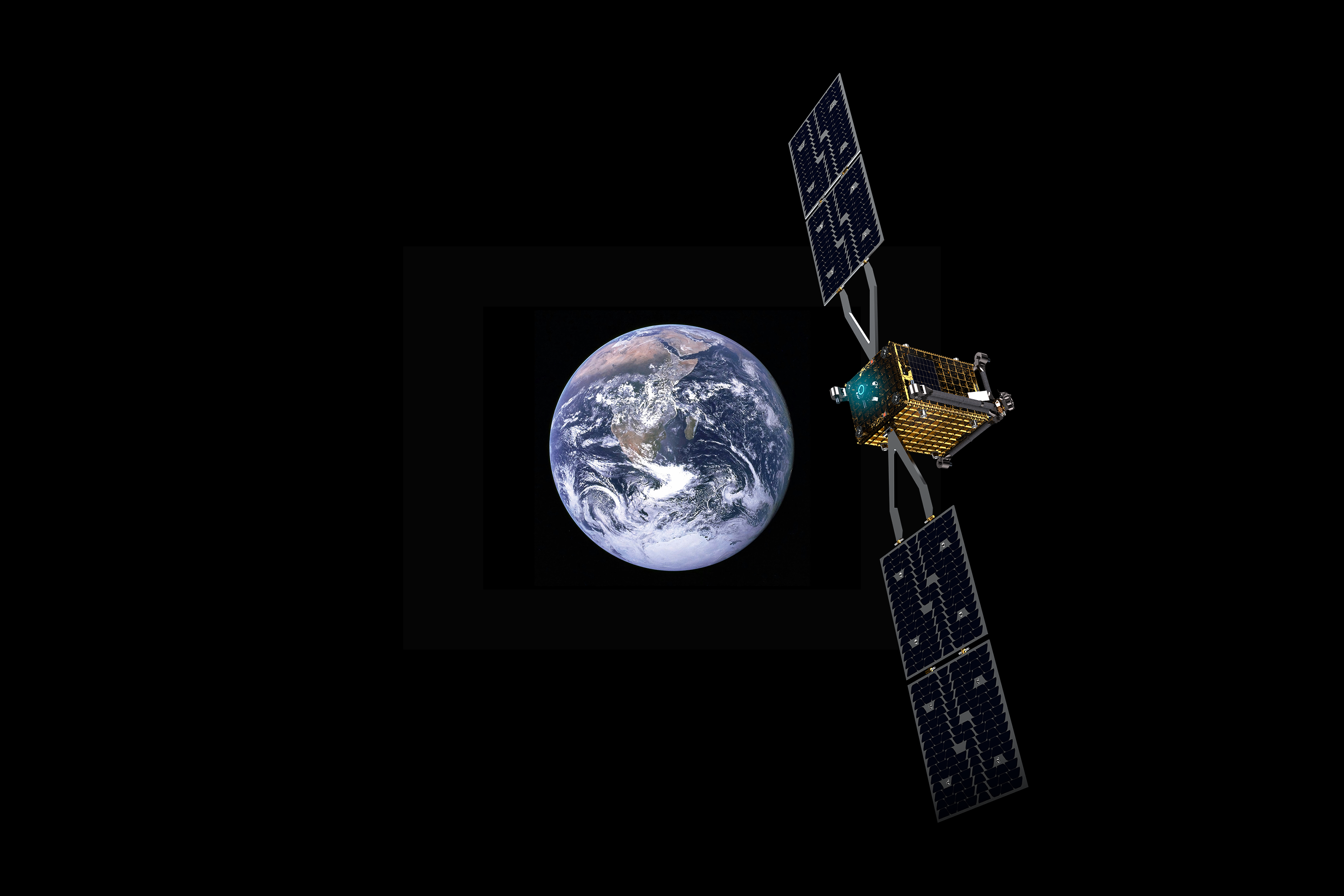B-52 Stratofortess bombers kicked off yet another Bomber Task Force deployment May 20, with the first aircraft touching down at RAF Fairford, U.K., the Pentagon said.
The bomber task force “will provide numerous training and operational opportunities alongside NATO allies and regional partners,” Pentagon Press Secretary Air Force Maj. Gen. Patrick S. Ryder told reporters May 21. “This deployment underscores the U.S. commitment to NATO’s collective deterrence in defense of the Euro-Atlantic region against hostile actors.”
The deployment from the 5th Bomb Wing from Minot Air Force Base, N.D., is the third bomber task force to deploy to Europe this year, following deployments of B-1s to Sweden in February and Spain in March.
U.S. Air Forces in Europe (USAFE) said in a news release that the first B-52s landed at RAF Fairford on May 20, and Ryder added the BTF is scheduled to include four bombers from Minot.
The bombers are part of the Department of Defense’s Large Scale Global Exercise series, which runs through June. In February, U.S. European Command said the exercise series with U.S. partners would include 11 separate training events in Europe. These include the recently concluded U.S-led Astral Knight integrated air and missile defense exercise, as well as two bomber task force missions. USAFE has not provided a detailed account of the plans for the latest B-52 deployment.
There has been heavy demand for bomber task forces in recent years as the U.S. has sought to reassure allies and deter potential adversaries.
“The appetite for bomber task force exceeds capacity,” the head of Air Force Global Strike Command Gen. Thomas A. Bussiere told Air & Space Forces Magazine last month. “There’s so much interest across the globe with all our geographic combatant commanders. I’m sure they would take as many as we could give them.”
His command, Bussiere notes, has to balance the demand for bomber task forces with the imperatives of maintaining the readiness of its aircraft and Airmen and carrying out its nuclear deterrence mission on behalf of U.S. Strategic Command.
The B-52 deployment marks the second bomber task force deployment this month for BUFFs following a B-52 deployment that operated out of Guam.
“Everybody loves a bomber task force,” Bussiere said. “The COCOM commanders love bomber task force. Our allies and partners love bomber task force. It’s a great opportunity for our Airmen to train. It’s a great opportunity for our allies to train with our Airmen and their bombers. And when you send a bomber from the United States of America to anywhere in the world it sends a very distinct, purposeful message to allies and any potential adversaries.”
